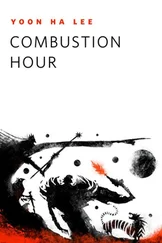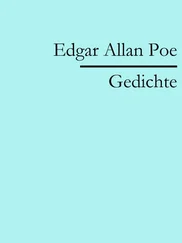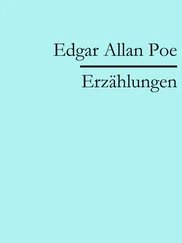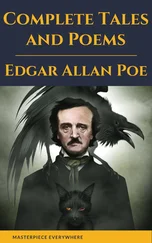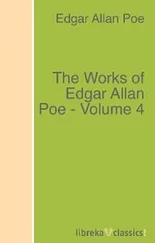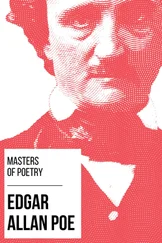Allan T. Kirkpatrick - Internal Combustion Engines
Здесь есть возможность читать онлайн «Allan T. Kirkpatrick - Internal Combustion Engines» — ознакомительный отрывок электронной книги совершенно бесплатно, а после прочтения отрывка купить полную версию. В некоторых случаях можно слушать аудио, скачать через торрент в формате fb2 и присутствует краткое содержание. Жанр: unrecognised, на английском языке. Описание произведения, (предисловие) а так же отзывы посетителей доступны на портале библиотеки ЛибКат.
- Название:Internal Combustion Engines
- Автор:
- Жанр:
- Год:неизвестен
- ISBN:нет данных
- Рейтинг книги:5 / 5. Голосов: 1
-
Избранное:Добавить в избранное
- Отзывы:
-
Ваша оценка:
Internal Combustion Engines: краткое содержание, описание и аннотация
Предлагаем к чтению аннотацию, описание, краткое содержание или предисловие (зависит от того, что написал сам автор книги «Internal Combustion Engines»). Если вы не нашли необходимую информацию о книге — напишите в комментариях, мы постараемся отыскать её.
New engine technologies and concepts Effects of engine speed on performance and emissions Fluid mechanics of intake and exhaust flow in engines Turbocharger and supercharger performance analysis Chemical kinetic modeling, reaction mechanisms, and emissions Advanced combustion processes including low temperature combustion Piston, ring and journal bearing friction analysis The
expands on the combined analytical and numerical approaches used successfully in previous editions. Students and engineers are provided with several new tools for applying the fundamental principles of thermodynamics, fluid mechanics, and heat transfer to internal combustion engines.
Each chapter includes MATLAB programs and examples showing how to perform detailed engineering computations. The chapters also have an increased number of homework problems with which the reader can gauge their progress and retention. All the software is ‘open source’ so that readers can see in detail how computational analysis and the design of engines is performed. A companion website is also provided, offering access to the MATLAB computer programs.

 , is about twice as large as measured for actual engines. There are a number of reasons for this. We have not accounted for internal friction, heat transfer losses, and the incomplete combustion of fuel within the engine cylinder.
, is about twice as large as measured for actual engines. There are a number of reasons for this. We have not accounted for internal friction, heat transfer losses, and the incomplete combustion of fuel within the engine cylinder.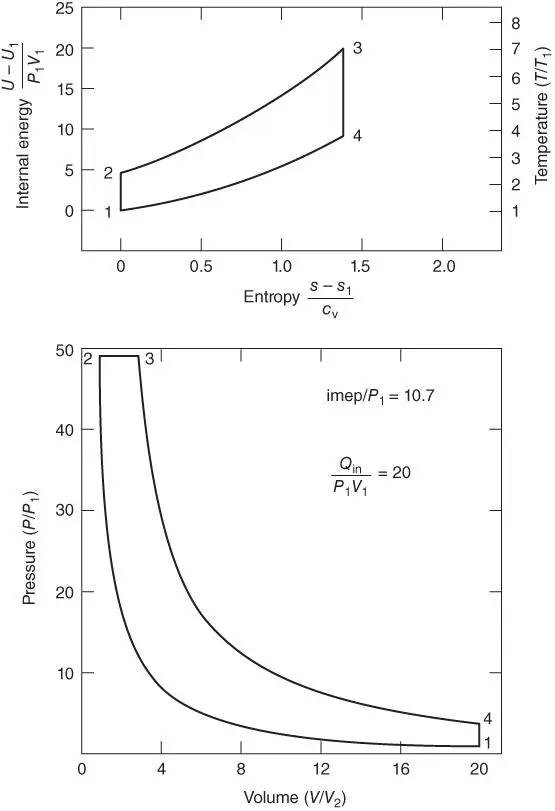
 ,
,  ).
).


 , a measure of the combustion duration, as
, a measure of the combustion duration, as

 , the efficiency of the Diesel cycle is less than that of the Otto cycle. However, since Diesel cycle engines are not knock limited, they operate at about twice (
, the efficiency of the Diesel cycle is less than that of the Otto cycle. However, since Diesel cycle engines are not knock limited, they operate at about twice (  20:1) the compression ratio of Otto cycle engines. For the same maximum pressure, the efficiency of the Diesel cycle is greater than that of the Otto cycle.
20:1) the compression ratio of Otto cycle engines. For the same maximum pressure, the efficiency of the Diesel cycle is greater than that of the Otto cycle. approaches one, the Diesel cycle efficiency approaches the Otto cycle efficiency.
approaches one, the Diesel cycle efficiency approaches the Otto cycle efficiency.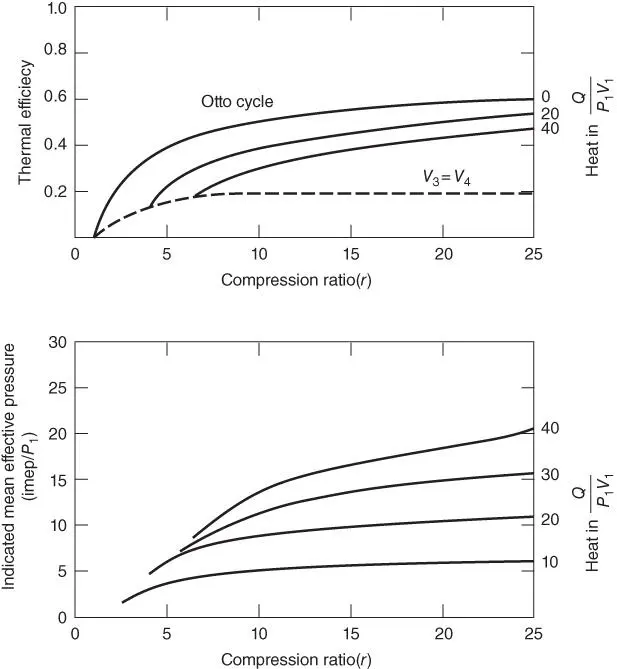
 ).
). is not a natural choice of independent variable. Rather, in engine operation, we think more in terms of the energy transferred in. The two are related according to Equation ( 2.26).
is not a natural choice of independent variable. Rather, in engine operation, we think more in terms of the energy transferred in. The two are related according to Equation ( 2.26).

 , and (2) increase the energy input
, and (2) increase the energy input  . However, there are practical limitations to these approaches. For spark‐ignition engines of conventional design, the compression ratio must be low enough to avoid engine knock; whereas for diesel engines, increasing compression ratio increases engine friction. Other more complicated factors influence the selection of compression ratio, especially constraints imposed by emission standards and, for some diesel engines, problems of startability.
. However, there are practical limitations to these approaches. For spark‐ignition engines of conventional design, the compression ratio must be low enough to avoid engine knock; whereas for diesel engines, increasing compression ratio increases engine friction. Other more complicated factors influence the selection of compression ratio, especially constraints imposed by emission standards and, for some diesel engines, problems of startability. by increasing the fuel flowrate delivered to an engine. As we shall see in our studies of fuel–air cycles in Chapter 4, this is not always correct. With fuel‐rich mixtures not all of the fuel energy is used, since there is not enough oxygen to burn the carbon monoxide to carbon dioxide nor the hydrogen to water. The fuel–air cycle predicts that the efficiency decreases as the mixture is made richer beyond stoichiometric.
by increasing the fuel flowrate delivered to an engine. As we shall see in our studies of fuel–air cycles in Chapter 4, this is not always correct. With fuel‐rich mixtures not all of the fuel energy is used, since there is not enough oxygen to burn the carbon monoxide to carbon dioxide nor the hydrogen to water. The fuel–air cycle predicts that the efficiency decreases as the mixture is made richer beyond stoichiometric.